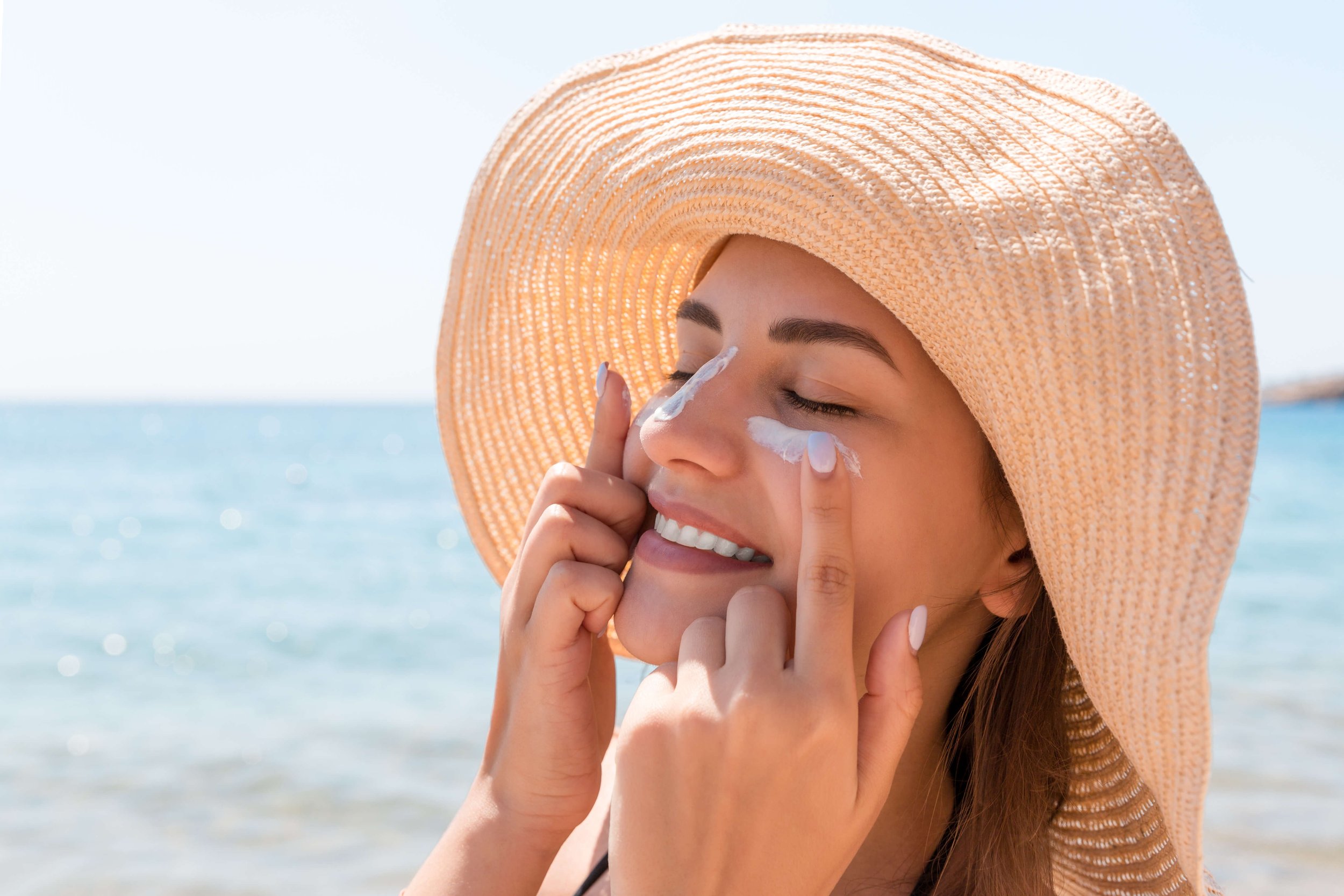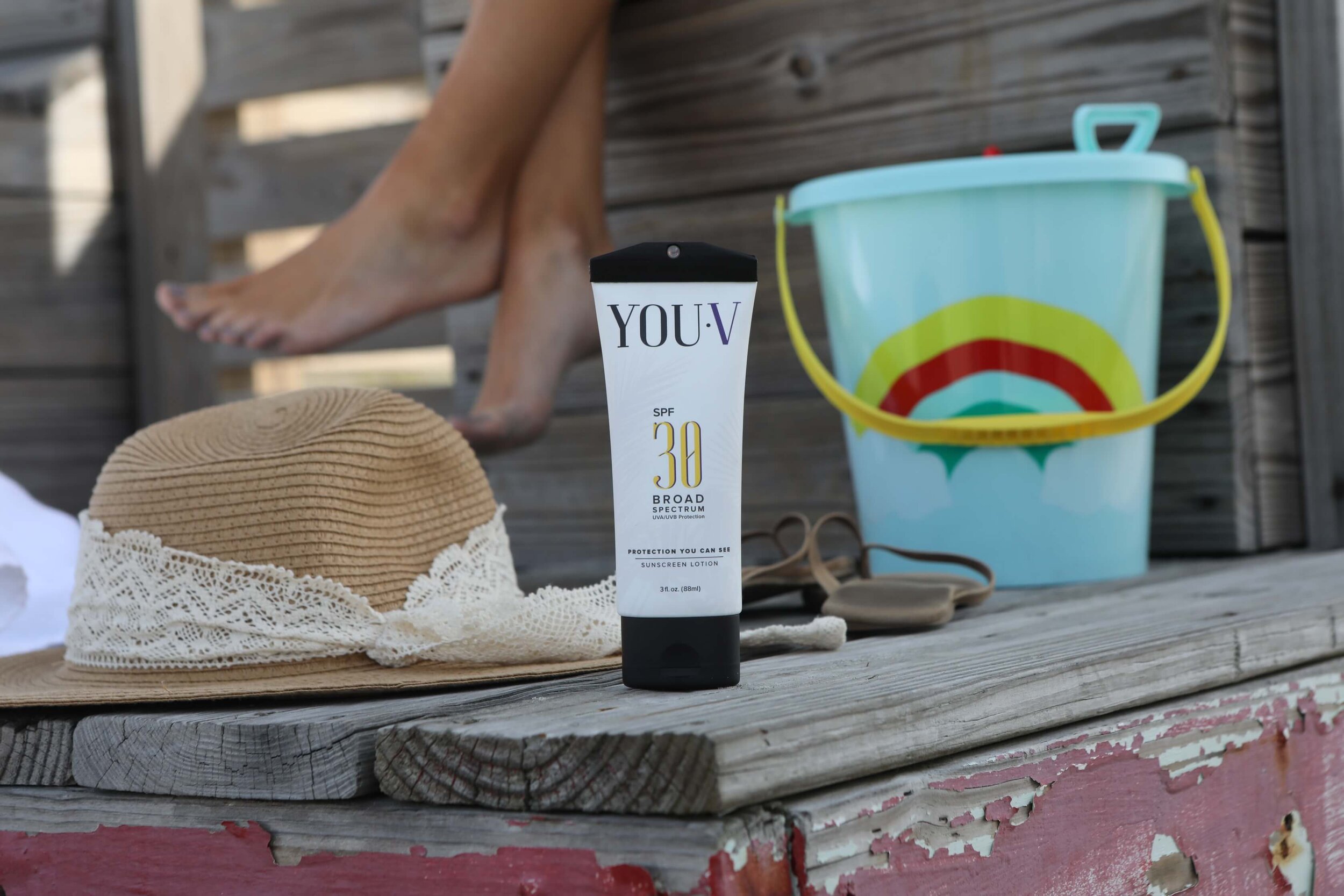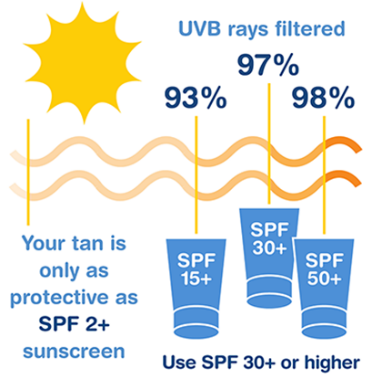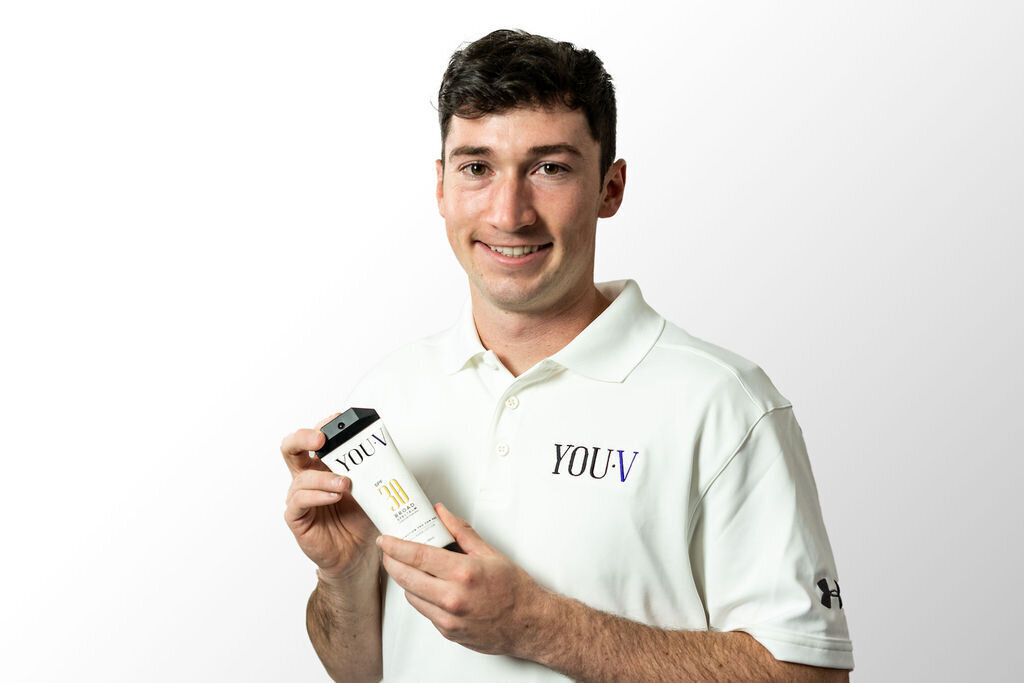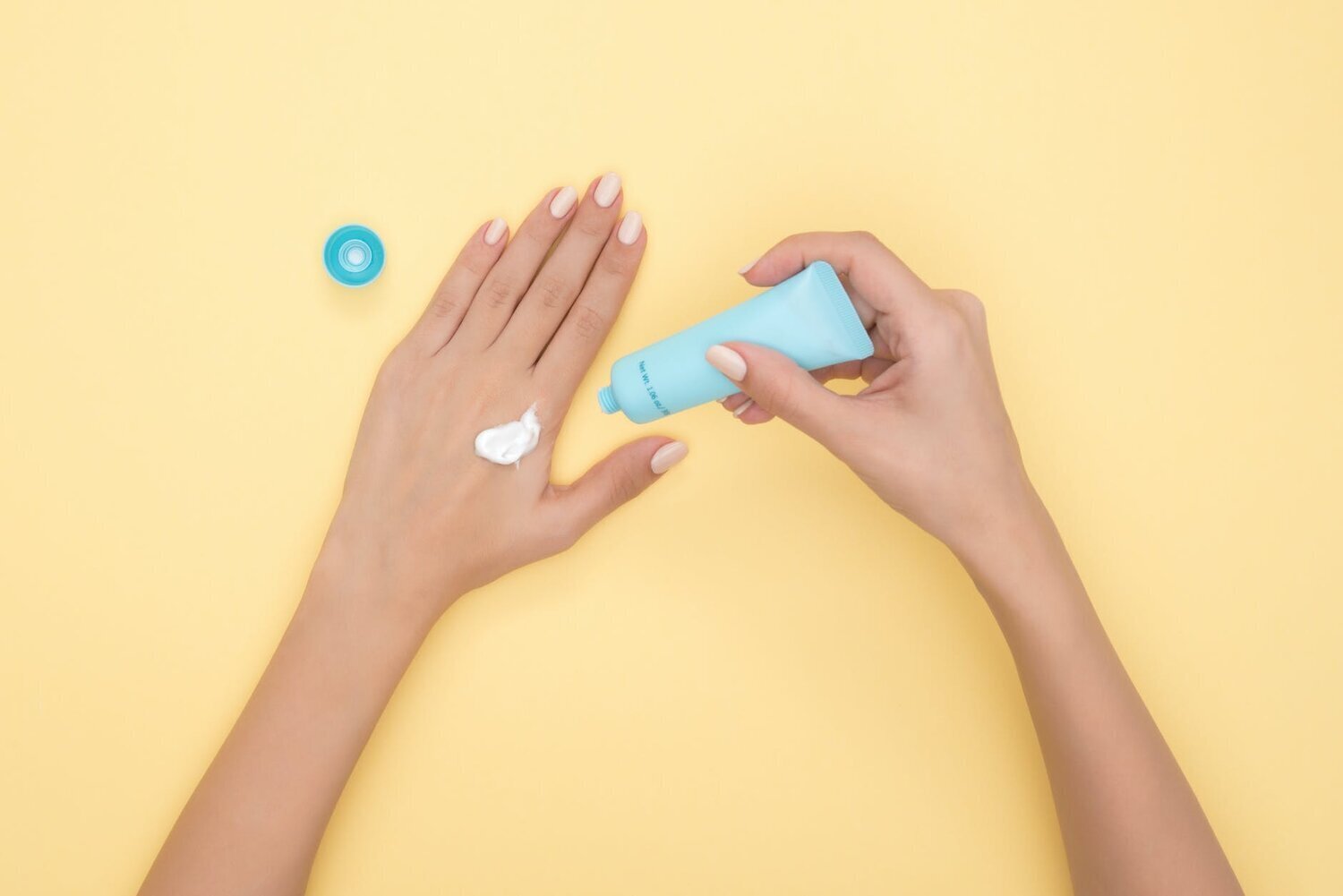Chemical vs. Mineral Sunscreen
Mineral? Chemical? Face? Baby? There are many names for sunscreens on store shelves these days, but what is the difference? Be wary of what you’re putting on your skin.
Chemical Sunscreen
While “chemical” may not be the friendliest way to describe these sunscreens, it means that the active ingredients that actually protect your skin absorb the sun’s ultraviolet rays, convert them to heat and release them from your body. You will see avobenzone, oxybenzone, octisalate, homosalate, octinxoate and a few others under the active ingredients section of your sunscreen.
Pros:
-East to apply and are generally lightweight
-Widely available
Cons:
-Can clog pores
-Higher risk of skin irritation than mineral sunscreens
-Severely damages coral reefs
-Requires 20 minutes after application to start working
-Increases chance of redness in rosacea-prone skin
Mineral Sunscreen
Also known as physical sunscreen and sometimes marketed as face or baby sunscreen contains zinc oxide and/or titanium dioxide as an active ingredient. They are naturally occurring and deflect ultraviolet rays rather than absorbing them.
Pros:
-Safe for the environment and coral reefs
-Naturally broad-spectrum coverage against UVA and UVB rays
-Lasts longer in direct sunlight than chemical sunscreens
-Longer shelf life
-Does not clog pores
-Protects from sun as soon as it is applied
-Less likely to cause skin irritation
Cons:
-May leave white-ish cast on skin
-Can rub off easily, may require more frequent application
Pay attention to your sunscreen ingredients and how it will affect your skin and the environment. Fortunately for you, the makers of YouV combined the benefits of a mineral sunscreen with a black light technology to ensure you are providing adequate protection for you and your loved ones.
Check out how our innovative formula and packaging is changing the way we use sunscreen and enjoy our moments in the sun.



